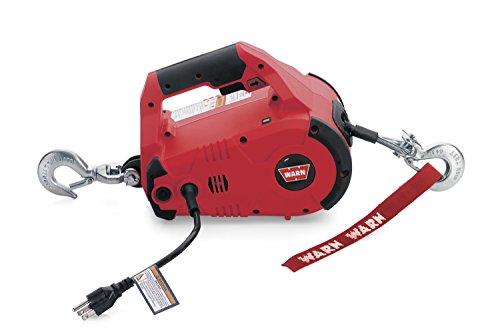- Joined
- Dec 3, 2009
- Messages
- 11,031
- Reaction score
- 299
- Location
- Kingsport, Tennessee
- My Bike Models
- Former '82 GL1100 "The Slug"
I recently purchased a fairly small ultrasonic cleaner specifically to clean a set of '81 carbs that were pretty rough. There are quite a few tutorials on Youtube for using these cleaners and lots of ideas on the formula for the actual liquid to be used as the agent. The most common liquids are distilled water alone or mixed with either Dawn dish washing liquid, Simple Green, Pine Sol, Ka-Pow or some have even used those products full strength.
I chose to first use distilled water only. Most of the work is performed by the ultrasonic waves and the heater really helps to loosen dirt. It worked fairly well. Next I used 1 oz of Dawn dish washing liquid plus the heat and the results are really good. I will use this thread to show the results.
I chose to first use distilled water only. Most of the work is performed by the ultrasonic waves and the heater really helps to loosen dirt. It worked fairly well. Next I used 1 oz of Dawn dish washing liquid plus the heat and the results are really good. I will use this thread to show the results.


















































